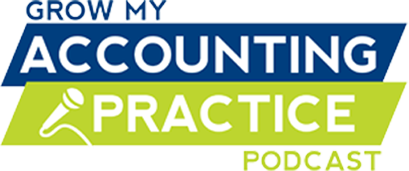Let’s have some fun today. Let’s try a little experiment. Read the two lists of qualities below and tell me which one describes the saint, and which one is the criminal. Don’t over think it; just trust your gut on which one is which.
1. giving, helpful, others, selfish, taking
2. taking, selfish, others, helpful, giving
For the majority of us taking this little test, it is obvious. The saint is #1 and the criminal is #2. And I also assumed you noticed both have the exact same words. So technically both descriptions are identical. From a logical basis one cannot be distinguished from the other.
So why is it that we distinguish one to be good and one to be bad, so quickly?
The reason is priming.
Priming is another word for “first impression.” What we see first we set, or anchor, as the standard for everything that follows. There’s kind of a ripple effect. When you see the word “giving” first, it influences your interpretation of the meaning of each subsequent word. The words up front, the ones that do the priming, set the tone. So “giving” and “helpful” (positive words)… make you interpret the “others,” (a neutral word) and “selfish” and “taking” (negative words) as “not so bad or justified”. Net effect is that the first description forces a positive slant throughout.
In the second case “taking” and “selfish” set the ripple in motion of the other words. And so you’re slanted toward a negative impression.
This kind of priming happens in all facets of life, and that includes sales. So if you want your sales to skyrocket, not only do you need to have great descriptive words that bring out the emotion you want from your prospects, you need to lead off with the more powerful words.
If your customers are considering an option because it is long lasting, start off the description by saying, “This is the most durable product on the market and it is the best dollar for dollar value on the market. “ Conversely if your prospects are considering the option because it is inexpensive then you would say, “This product is the best dollar for dollar value on the market and it is the most durable too.”
Priming prospects brings in more revenue. Every time. And priming them would be more “selfish” than “giving.”
To get your prospect to reveal their most important option you need to listen to what they’re saying, or even lead the conversation down that path. Pay attention because you are just as susceptible to first impressions as they are! Have you ever heard a customer say, “We’re ready to buy a new car today, but the last guy that waited on us was a jerk? He didn’t listen to a word we said, he was pushy and arrogant.” Guess who spends the next 20 minutes focused more on trying NOT to be pushy, arrogant or a jerk in order to land that sure sale? That’s right! You!
It takes a lot of focus and concentration to pull this whole priming thing off, but that’s what makes it so powerful. It works! If you’ve got a sales staff you can even use it on them. That old “lead with a positive comment or compliment and then with the problem,” tactic where you praise an employee, then tell them what they’re doing wrong? Same thing. You’re priming the person to be more receptive to negative feedback.
The employee who is praised first, then given feedback, will perceive you as someone who cares about them and likes them, but who also has something not so happy to say. If you criticize them first, then tell them something positive; they’ll see you as a jerk who is trying to pat them on the back after kicking them in the butt.
From this point on lead your sales effort with the most important impression first. You know, the one you want to last forever. . . because it will.











Hi Mike,
I’m a master student on the Universitiy of Amsterdam and I’m working on my master thesis about who are the ones in the population that are selfish and not trustworthy.
I have to do an experiment and the experiment I perform is a simple form of the ‘trust game’ (Berg, 1995).
I’m asking you a question because one part of the experiment is to ‘prime’ subjects in front of the trust game.
I saw your video about the ‘word priming’ and this looks like a great idea for my experiment as well.
A control group with no prime
A positive prime group with the words: Love, giving first.
A negative prime group with the words: Dark, take first.
Now my thesis supervisor wants to see some references of experiments that has been done in the past.
So my question is: Have you worked out the example in the video in an experiment or is their any statistical experimental evidence that this kind of priming really works?
Hopefully you have some time to answer my question.
Kind Regards,
Coen Akkerman
Hi Coen – The experiments are documented in books like “Influence” and “Methods of Persuasion”